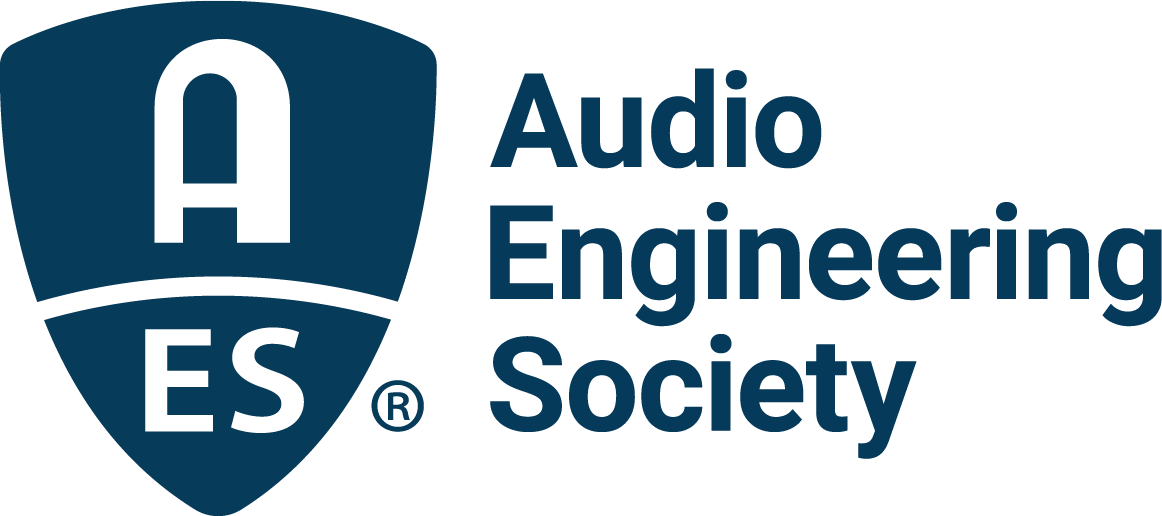Music production is changing. There have never been so many diverse avenues for creating and consuming music, both artistically and technologically. The world of recorded music has exploded to incorporate hi-res, streaming, spatial audio, binaural sound, interactive music, and object-based audio Our production tools and methods have evolved accordingly, sometimes driving new practices, and sometimes responding to innovative creative ideas.
To give examples, modern music production facilities nowadays include both high-end hybrid studio setups and advanced software-focused laptop systems, so the potential (and necessary) skillset of a studio engineer is extremely broad. Playback formats include multi-dimensional loudspeaker systems, from standard 5.1 or 7.1 surround to 3-dimensional spatial formats such as 22.2, Auro-3D and Dolby Atmos. Equally, these formats can nowadays be encoded using binaural algorithms to give a simulated 3D experience with standard two channel headphones. Furthermore, object-based audio brings new opportunities for interactivity with music, allowing components of sound to be manipulated in the playback device, enabling the user to modify content and audio stem levels in a mobile app for example, or for algorithms to automatically adapt, loop and reconstruct music dependent on different broadcast, gameplay or virtual reality scenarios.
The new diversity of music applications and commercial formats naturally requires music production and studio engineering approaches to evolve, particularly in the areas of recording, mixing and mastering, with careful consideration of the listener experience. It’s no surprise that cutting-edge discussions between creative and technical experts in these areas are facilitated at many presentations, workshop and tutorial events at AES conventions and conferences. Listed below are a number of papers and articles from the AES E-Library, and other resources that touch on the new methods of music production for emerging audio formats, though this field is evolving rapidly and the number of AES resources in this area will certainly continue to grow.
(Click on the tabs for E-Library, AES Standards, etc, to see the different resources in each section.)

